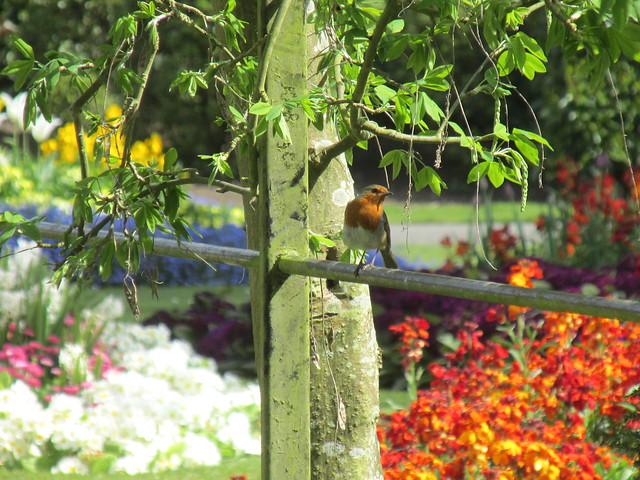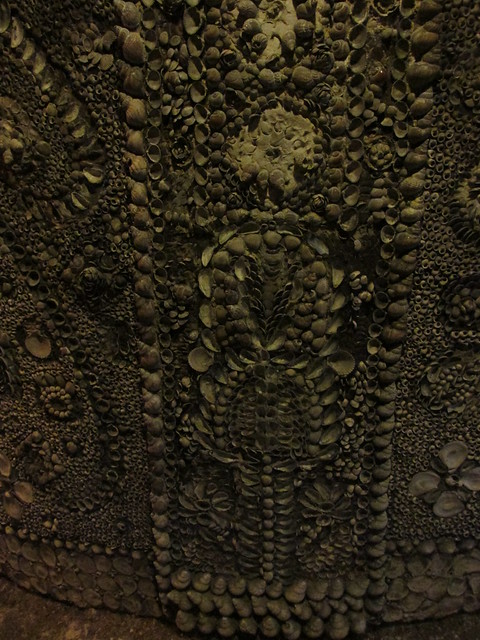 |
| Brodsworth Hall - note the scaffolding |
In opposition to how most heritage organisation behave, EH decided to consolidate it 'as found' rather than restoring it. Today it's in the middle of a massive project to make it safe and suitable for visitors. It's wrapped in scaffolding and largely sheathed in plastic.
The gardens, however, are magnificent. Glorious sunshine gave me the chance to wander round and see them in their full wonder. Here's some photos:
View to the hall across the fountain garden from under the laburnum arch. I'm determined to go back and see it when it's in flower. End of May should do it.
Round the back of the hall is a sweet little pet cemetery with carved headstones for the various animals. One says simply 'Polly parrot' while others give hints such as 'good boy', so I'm assuming that was a dog. There are no clues as to the species of Binkie Pippy, however. Sounds like a bunny to me!
The grounds are scattered with statuary and ghostly white figures in various degrees of dress stand around looking classical. I kind of liked this young lady feeding the pigeons.
And then there was the real wildlife. You get a hint of the colour from the fountain garden in this shot so the delightful robin isn't easy to spot, but he sat there singing his heart out for a while and seemed happy to have his photo taken.
Now off you go over to Tricky's FAST blog to see the other Five on Friday posts. Happy weekend all.















